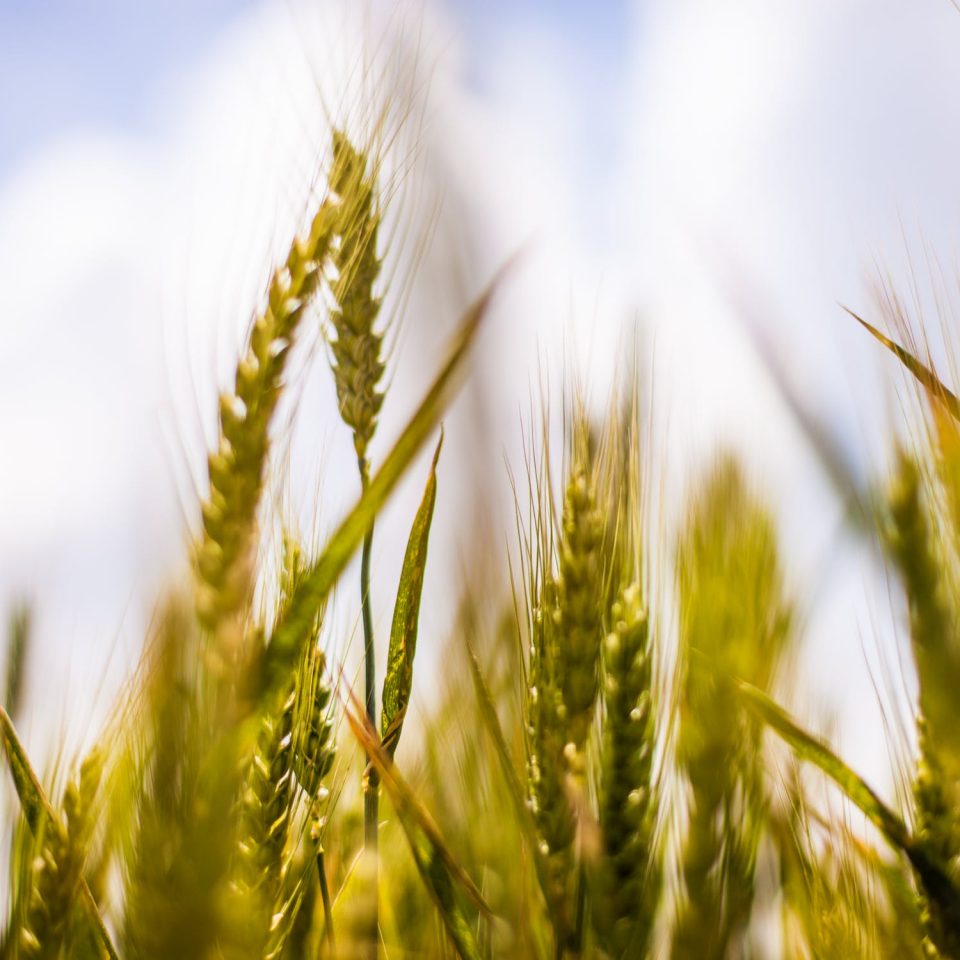
The Weather is Cold – What Should I Do?
Cool weather through the spring so far has made spraying wheat difficult to say the least. Rapid growth of the wheat through the warmth of the spring can always catch some off guard, depending on the weather and the timing of herbicide application.
Flag Leaf stage (Z37-39) is one of the most important stages in wheat and is critical to yield. But at this stage, you also need to be aware that any herbicides applied after this stage can impact yield. The reason being is that when the flag leaf emerges, the developing head is now accessible down in the whorl and herbicides can damage that head. This could create poor seed development, kernel abortion, blank wheat heads and yield loss.
It is important to always scout and see which stage your crop of wheat is at. If your field has hit flag leaf stage already and you are still considering spraying a herbicide due to a weedy field, you need to weigh your options against yield loss due to poor weed control and crop injury yield loss due to the herbicide application.
If your wheat has lots of weeds in it, and you are at the flag leaf timing stage, you may be better off to apply a pre-harvest burn down once wheat has hit the maturity stage and you are getting ready to harvest.
The plants ability to metabolize and break down chemical truly depends on the growth rate of the wheat crop. If a plant is stressed such as nutrient stress, water stress etc., it may not be able to metabolize the chemical which will cause injury and yield loss. The type of chemical used can have a direct impact as well.
My Wheat is not at Flag Leaf Stage Yet – How Do I Optimize the Results of my Herbicide Application?
- At advanced stages, the crop canopy can cover the weeds and make herbicide contact to weeds difficult. Use higher spray volume to improve crop canopy penetration.
- Use nozzles that apply fine to medium droplets instead of using coarser droplets.
- Apply herbicides during periods of rapid growth which will improve control of larger weeds.
- Make sure wheat canopy is dry before applying herbicide.
Did You Know?
Broadleaf weeds like ragweed and pigweed may have little impact on yields but will become an issue at harvest time. Perennials and winter annuals such as dandelion, shepherd’s purse and chickweed can have a big impact on winter wheat yields.
How do you Know When you are at the Flag Leaf Stage?
Flag leaf emergence will not occur until at least three stem nodes can be detected (sometimes four). You can confirm flag leaf emergence by dissecting the plant above the last node. If nothing but the developing wheat head is present (no additional leaves), the last visible leaf is the flag leaf.
Once the Flag Leaf is Out, Protecting it is important!
- It is the last leaf before the head emerges and absorbs so much solar energy and important to fill the grain.
- Photosynthates produced by the flag leaf may contribute up to 50
- Keep the flag leaf free from injury, disease, or leaf burn from chemical application! More stress = greater chance for leaf burn and yield reduction.
Herbicide Application and Temperatures
Know your herbicides and what you are applying. Always read the labels. Some herbicides do not handle cold as well as others. If you tank mix your herbicide with a fungicide burning of the leaves may occur when it gets cool since the fungicide has a surfactant in it. Avoid spraying your herbicide if know it will be cold or get cold. Avoid 5 degree nights or less the night before you apply and the night after you apply. Scout the weed staging in your wheat. If weeds are advanced having a bit of a burn may be ok if you need to spray in cooler conditions. If you know it will freeze then do not apply. Remember that cool (Less than 10 degrees) cloudy days can reduce herbicide activity and may take time to notice weeds dying.
Fungicides and Flag Leaf Timing
If you did not apply a fungicide with your herbicide, and are coming up to flag leaf staging timing or you are at flag leaf stage currently then applying a fungicide is a great practice to do.